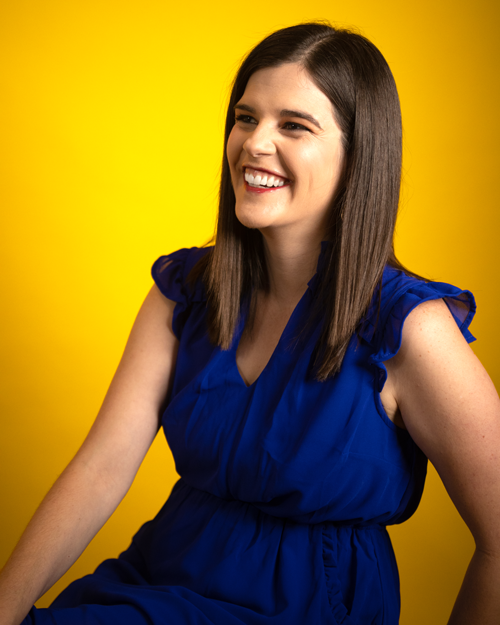31 May 2024
Geneva Senior Medical Advisor Brings 30+ Years Clinical Experience to Photomedicine Program
A Q&A with LTC (ret) Nelson Hager, MD, MS
Operational medicine and defense readiness are key medical research areas for the DOD and the Military Health System. Part of that readiness is ensuring our Nation’s service members can recover from their injuries quickly and without surgery.
The Photomedicine to Enhance Military Readiness Program, a part of the Musculoskeletal Injury Rehabilitation Research for Operational Readiness (MIRROR), was launched in 2018 with support from the Defense Health Agency to help prevent and treat musculoskeletal injuries.
LTC (ret) Nelson Hager, MD, MS, is the Senior Medical Advisor for Geneva in the Photomedicine program. Dr. Hager was previously the Vice Chair of Rehabilitation Medicine at USU and has 30+ years of clinical experience. Dr. Hager recently shared more about his role, the project’s accomplishments, and how photomedicine will impact service members in the future.
Describe your role with Geneva and your impact on the program you work on.
I have had the privilege of serving as the Senior Medical Advisor for The Geneva Foundation for the past two years, focusing on the Photomedicine to Enhance Military Readiness Program. After serving as the Director of the Musculoskeletal Injury Rehabilitation Research for Operational Readiness (MIRROR) program, it was a perfect fit, and it allowed me to continue working in the musculoskeletal research that affects our service members. The role involves providing clinical leadership consultation and mentorship to activities across the program, which is a collaboration between Uniformed Services University Health Science (USUHS), The Geneva Foundation, Spaulding Rehabilitation Hospital, and the Wellman Center for Photomedicine. We have been provided the grant money to investigate the potential medical benefits of light therapy in improving the performance or recovery of warfighters with musculoskeletal conditions. I can provide over twenty years of clinical and research experience to help guide this program.
How does Geneva contribute to the success of these research programs?
Geneva has excellent leadership at all levels of the organization, from executive leadership to those on the ground. Since working for Geneva, I have enjoyed working for engaged leaders who are incredibly dedicated to supporting research for our service members. At the project level, Geneva has an amazing employment program that recruits and retains exceptional research staff – from research assistants, research coordinators, program managers, regulatory experts, and data management personnel. Geneva provides the core components of program, regulatory, administrative, grant, data management, and research execution needed to support military principal investigators to make this program successful.
What recent work can you share that you are most proud of?
First and foremost, I am most proud of our research staff at the military treatment facilities. They have been incredibly engaged, dedicated, and professional in supporting our mission to support our warfighters. Additionally, I am proud of our sentinel work with orthobiologic biomarkers and their relationship to the impact of photobiomodulation and other therapeutic interventions for musculoskeletal injuries. This project is truly on the “tip of the spear” in collecting novel, valuable, and pragmatically impactful data that will influence musculoskeletal performance and injury prevention and treatment in the future.
What is Photobiomodulation (PBM) therapy, and how does it work?
Over the years, I have become more informed about the potential implementation of PBM therapy along the musculoskeletal prevention-recovery spectrum. Light therapy has been shown to have an objective impact at the cellular level, affecting many aspects of physiological performance and recovery. PBM involves applying non-ionizing forms of light from various sources, including lasers, light-emitting diodes (LEDs), and broadband light in the visible and near-infrared spectrum to modulate cellular activity to enhance healing biologically. Current research reveals that PBM treatment can influence the repair and regeneration of several tissue lines, stimulate metabolism, and, most importantly for the injured warfighter – reduce inflammation and pain while recovering from injuries. The photons have a direct influence on encasing a natural reparative process. As long as you can deliver the modality optimally to the tissue area of interest, whether it be skin, muscles, tendons, and bone; generally, you can demonstrate a positive effect.
Disclaimer: The views expressed do not reflect the official policy of the Army, the Department of Defense, or the U.S. Government.

"First and foremost, I am most proud of our research staff at the military treatment facilities. They have been incredibly engaged, dedicated, and professional in supporting our mission to support our warfighters."
LTC (ret) Nelson Hager, MD, MS


